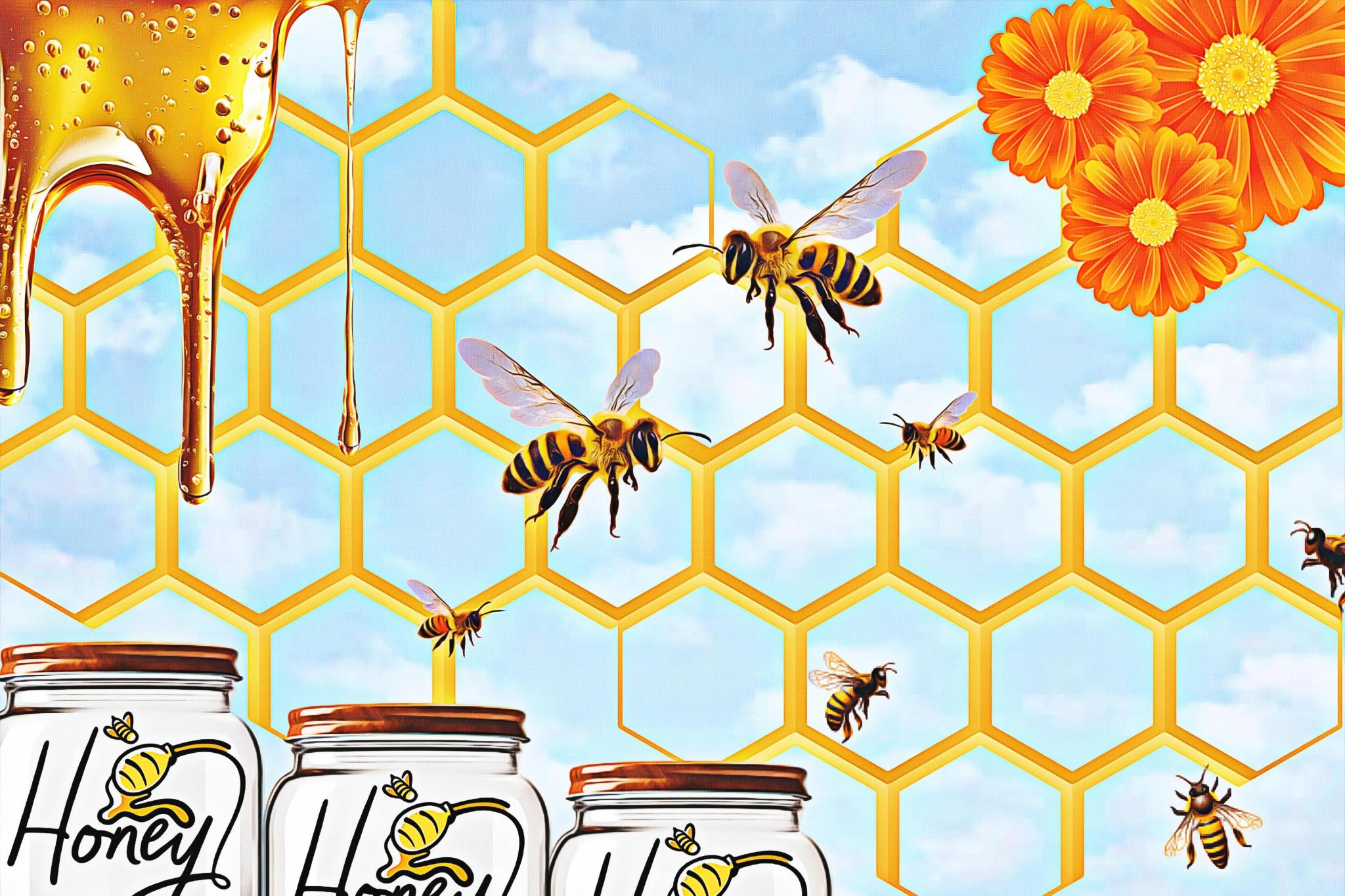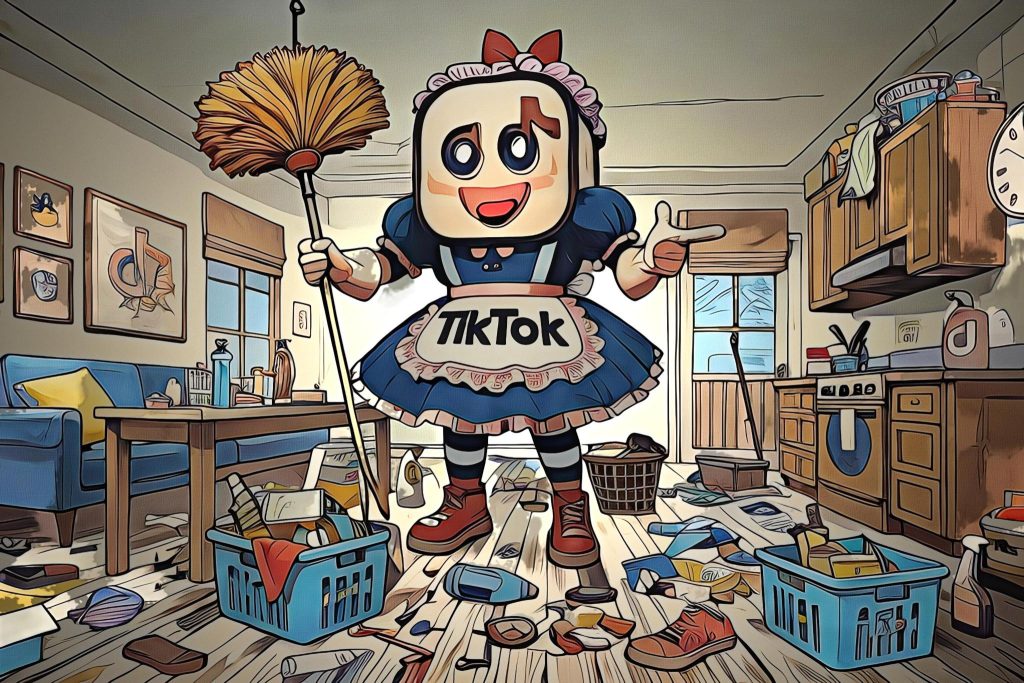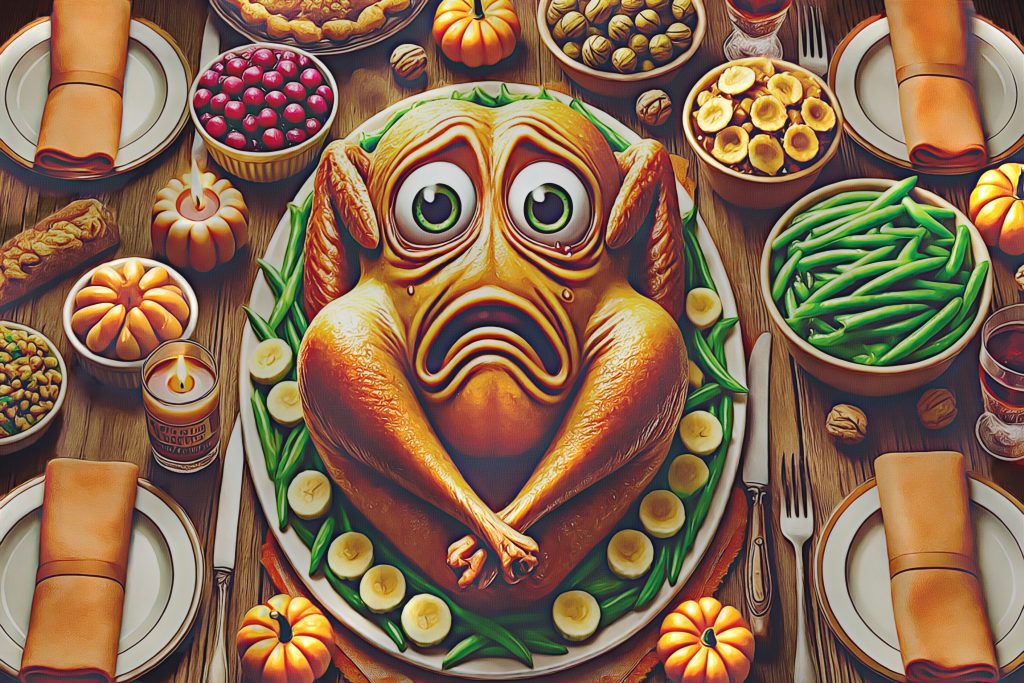Ah, honey—nature’s sweet little gift that we drizzle on everything from toast to overpriced brunch bowls. But here’s the kicker: a lot of what you’re swirling on your morning yogurt might not even be honey. Yes, folks, we’ve been duped, bamboozled, and stung by the very industry we trusted to provide our organic, bee-made nectar.
Here’s the buzz on the not-so-sweet lies behind that golden nectar glistening on your grocery store shelves…
According to the USDA, honey demand in the U.S. is at an all-time high. We’re talking 618 million pounds consumed just in 2021, and we’re importing over half of that because—surprise, surprise—we simply can’t keep up.
The truth is, honey isn’t something whipped up overnight. You know the saying “worker bee”? Yeah, they’ve definitely earned that title. It typically takes a team of 550 bees about 2-3 weeks to produce just one pound (or 454 grams) of honey.
The U.S. may be the land of plenty, but honey production? Not so much. Our farms desperately need bees to fertilize crops, but here’s the irony: we’ve bulldozed their natural ecosystems to make room for those very crops. You can’t make this stuff up.
So what’s the solution? Import bees. Yes, we’re literally shipping bees in from all over the world and within the United States, like winged mercenaries ready to pollinate for profit. The fact that these bees can’t survive naturally in the places they come from is another layer to the absurdity, but hey, this is 2024. Logic checked out a while ago.
Check out this video of a semi-truck full of bees being unleashed to work their pollination magic on an almond farm in California…
@primebees Our honey bees are headed to California Central Valley to pollinate the largest crop for migratory beekeepers. The journey is a little stressful for beekeepers and bees, but our bees will get access to some of the first available pollen and nectar for the year and come back stronger. We learn more every year and this was our first year to send a whole truck from our loading yard. We ran into challenges along the way and had some great people willing to help us at every turn – it’s days like today where working in agriculture reminds me about what’s good in the world – people coming together to accomplish a common goal, help each other, and enjoy each others company. Very very grateful. We hope the girls enjoy their California vacation! #pollination #commercialbeekeeping #agriculture #meetyourbeekeeper #texasbeekeeper #californiabeekeeper #almondpollination #primebees #storytime #firstgenerationfarmer
♬ The Champion – Lux-Inspira
But before we throw a pity party for the bees, let’s talk about the real scandal: the honey fraud. See, back in the day, some honey producers thought they were slick, cutting their honey with high fructose corn syrup—because who doesn’t love a little extra processed sugar in their “all-natural” honey? Regulators caught on to that scheme, so now they’re cutting it with brown rice syrup, like we won’t notice the difference. Cute.
@joeywellness Are you buying fake honey? #honey #fake #food #health #awareness #fyp
♬ original sound – joeywellness
The real kicker? A big chunk of our imported honey comes from China, where they’ve mastered the art of removing the pollen—the very thing that makes honey… well, honey. So while you’re out here paying top dollar for what you think is nature’s liquid gold, you could actually be getting something closer to flavored syrup with a side of fraud.
So, here’s the real question: how on earth can you tell if the honey hiding in your pantry is legit or not? Well, according to some internet sleuths, there are a few tricks to figure it out. You can try heating it, checking the consistency, and there’s even a mind-blowing water trick that magically reveals a “honeycomb” pattern.
Check it out…
@merciahoney Reply to @www.tiktok.comstar2011 Honey has memory. Fake honey won’t form the honeycomb shape we see here. #savethebees #honey #rawhoney #honey
♬ original sound – Mercia Honey
@5.minute.crafts.vs The difference between real and fake honey 🍯 #howto #learnontitkok #foodie
♬ Only Love Can Hurt Like This (Slowed Down Version) – Paloma Faith
@hackyourway_ How to know if your honey is real or fake! Would you try this hack?? #honey #lifehacks #tips
♬ original sound – hackyourway_
Once you’ve weeded out the honey imposters from your cabinets, remember the best way to guarantee you’re getting the real deal is to buy from a local honey supplier. That’s right—going straight to the source is always your safest bet.
@mitchell.sheehan So happy about this purchase. $30 investment was well worth it! Invest in things that better you, and are good for your health! @JOHN PRŌPER #honey #rawhoney #localhoney #rawlocalhoney #localbusiness #smallbusiness
♬ I Know You – Faye Webster
But at the end of the day, let’s not forget the bees’ PR campaign, “Save the Bees.” And by the way, it’s not just a cute slogan for tote bags and bumper stickers—it’s a literal cry for help.
Without bees, our entire food system would inevitably collapse. These tiny heroes pollinate our wild trees and flowers, which support other insects, and those insects support birds, bats, mammals, and pretty much everything else up the food chain with food and shelter. In short, keeping these little creatures buzzing is essential to our entire survival. No pressure, right?
Thankfully, there’s Erika Thompson of Texas Beeworks, taking social media by storm with her incredible videos, where she swoops in and saves bees across her state. She’s basically the “bee whisperer,” doing her part to keep the buzz alive.
@texasbeeworks Another day saving the bees! #bees #beekeeper #fyp #tiktok #amazing #nature #learnontiktok #austin #texas
♬ original sound – Erika Thompson
So, the next time you’re at the store picking up a jar of what you hope is the real deal, remember: the honey industry might be a little sweeter than it seems—but not in a good way.
Till next time, be wickedly wonderful.







Wonder why Americans are the fattest people in the West.
You can. Don’t repeat phrases just because they’re online fashion. Like “literally,” writing “they” for one person to erase he and she, or starting a story with “so.”
That last one comes from clickbait sites like Buzzfeed, where the writers start with “so” to make it seem to a newcomer that he has stumbled on an ongoing conversation the writer has with his readers. “Wow, these people have a community I’m not yet part of, I must stay!” Reject it, all of it.
Good to raise the awareness, this is a problem that threatens our industry and our food supply. There are solutions coming.
Fortunately, we have several local bee keepers who harvest and bottle their honey for sale at the mom & pop beagle shop and the farm market. No grocery chain stores needed.
Buy your honey from a local beekeeper. Or in your local store with the beekeeper’s label on the jar. Raw and not pasteurized. Pasteurization kills the good health effects and leaves behind syrupy sugar and nothing more. It’s the ultimate food. And it comes in many different flavors and colors. It just depends on where the bees collect their pollen. Support your local apiarist. Oh yea, bee stings work wonders on arthritis. Those stings hurt when we were kids, but they help you walk again as an older adult. Life is strange.